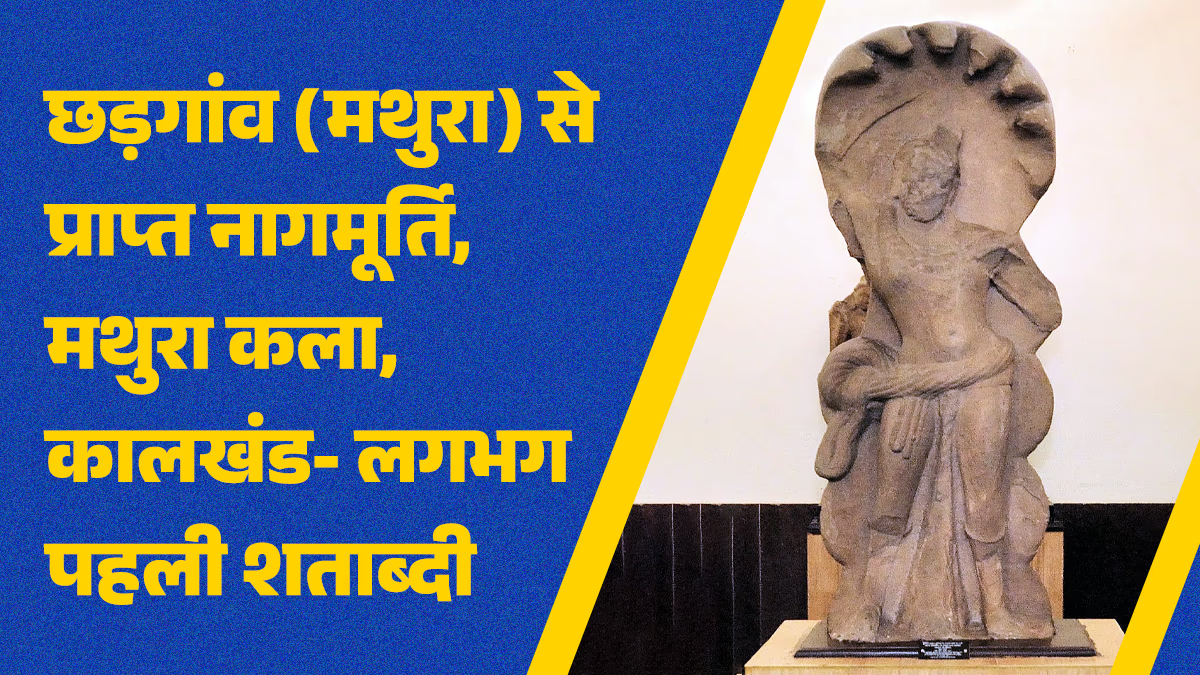Our nation is as much agrarian as it is festival-loving. Take a look at the Hindi calendar, and you'll notice no ordinary days—every date bears its own significance. From full moons to new moons, and celebratory dates like Ekadashi, Teej, and Panchami, each comes with its own fasts and festivals. In truth, our culture not only revolves around festivities but also constantly acknowledges that our lives are deeply connected to nature. Hence, festivals are a way to express gratitude towards nature.
Dedicated to Serpents: Nag Panchami
Among the extensive series of celebrations is the fifth day, Panchami, in the lunar month of Shravan, dedicated to serpents. The royal Nag Yajna of King Janamajeya, the protection by Muni Astik, and the ritual of pouring milk over scorched snakes to offer them coolness—all these mythological stories are interwoven with Shravan's bright half of the Panchami, logged as Nag Panchami. However, the role of snakes in our lives and nature extends far beyond.
Snakebites Escalate During Monsoons
Indeed, this time is significant for serpents as sweltering humidity peaks, and their natural habitats become uninhabitable from heavy rains, driving them into human dwellings. Subsequently, snakebite incidents rise during this period. Unfortunately, a lack of awareness and precise strategies leads to the loss of even non-poisonous snakes.
The Rich History of Human and Serpent Interactions
Serpents have intrigued scholars for deep research, and their association with human history is quite captivating. How have snakes woven into human history and become so prominent? According to Dr. Ankit Jaiswal, a researcher in Ancient History and Archaeology at Gorakhpur University, classical artworks across ancient world civilizations distinctly depict snakes as vital elements. In the ancient Egyptian civilization, snakes were significant rulers, symbolically and literally. The Indian cultural landscape teems with literary tales and archaeological pieces related to serpents.

Source: aajtak
The Legend of Snake-Worshipping Tribes in the Indian Subcontinent
According to Ankit, the term 'Nag' in ancient literature is used metaphorically for elephants and 'superior men.' Worshipping serpents were integral in all Indian religions, yet fundamentally serpents and snakes are totems linked to water and fertility, traceable to our Stone and Chalcolithic cultures. The historical narrative of serpent-worshipping tribes is deep-rooted and flourishing across the Indian subcontinent. For millennia, serpents were revered independently until enveloped by dominant religions like Buddhism, Jainism, and Hinduism.
Presence in Mythology
In Hindu beliefs, serpents appear intertwined with the divine, notably accompanying Lord Shiva. Mythological tales consider Balarama and Lakshman as avatars associated with serpents. In Buddhism, serpents often align with Buddha sculptures, reflecting their significance in Buddha's narratives. The story of Sujata, who offers kheer to Buddha, suggests she belonged to a tribe with serpent totems. Similarly, Jain traditions depict Lord Parshvanatha alongside a seven-headed serpent. The myth and lore of the




